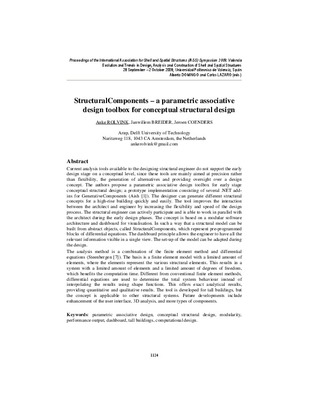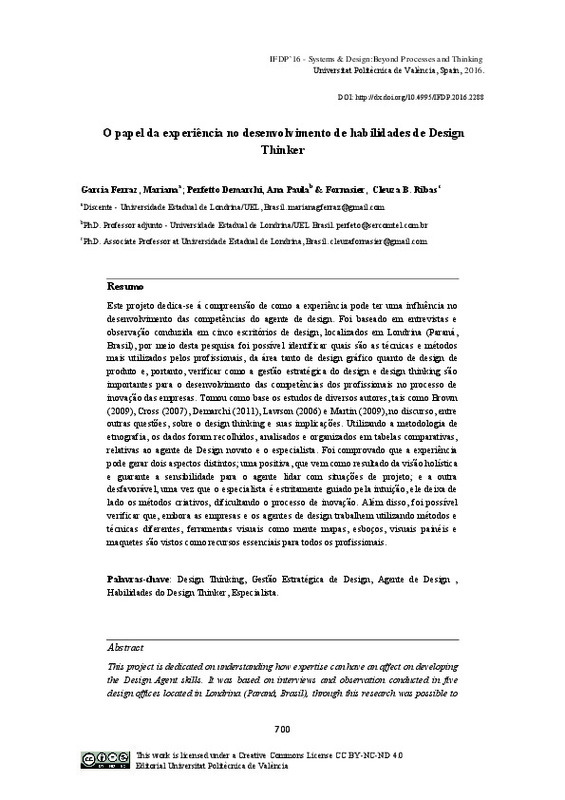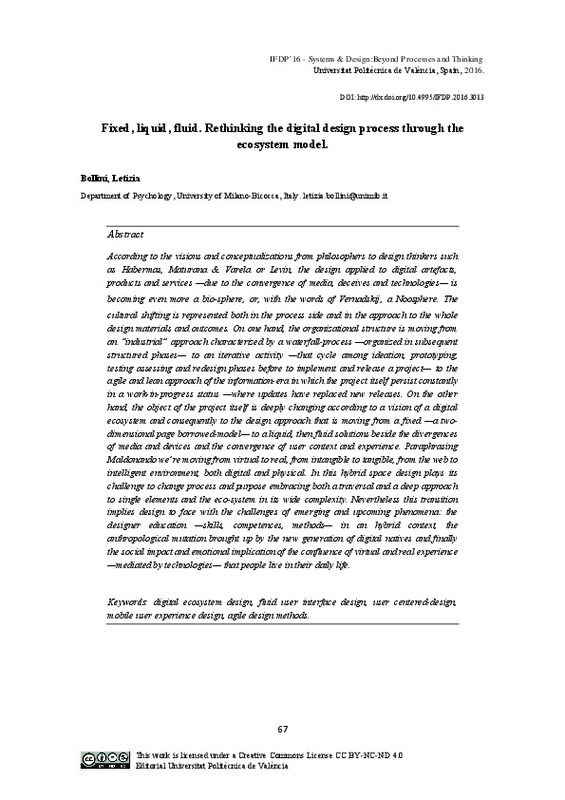JavaScript is disabled for your browser. Some features of this site may not work without it.
Buscar en RiuNet
Listar
Mi cuenta
Estadísticas
Ayuda RiuNet
Admin. UPV
Structural Components - a parametric associative design toolbox for conceptual structural design
Mostrar el registro completo del ítem
Rolvink, A.; Breider, J.; Coenders, J. (2010). Structural Components - a parametric associative design toolbox for conceptual structural design. Editorial Universitat Politècnica de València. http://hdl.handle.net/10251/7001
Por favor, use este identificador para citar o enlazar este ítem: http://hdl.handle.net/10251/7001
Ficheros en el ítem
Metadatos del ítem
| Título: | Structural Components - a parametric associative design toolbox for conceptual structural design | |
| Autor: | ROLVINK, Anke BREIDER, Janwillem COENDERS, Jeroen | |
| Editor: | Domingo Cabo, Alberto | |
| Fecha difusión: |
|
|
| Resumen: |
Current analysis tools available to the designing structural engineer do not support the early design stage on a conceptual level, since these tools are mainly aimed at precision rather than flexibility, the generation of ...[+]
|
|
| Palabras clave: |
|
|
| Derechos de uso: | Reserva de todos los derechos | |
| ISBN: |
|
|
| Fuente: |
|
|
| Editorial: |
|
|
| Título del congreso: |
|
|
| Lugar del congreso: |
|
|
| Fecha congreso: |
|
|
| Descripción: |
|
|
| Tipo: |
|










